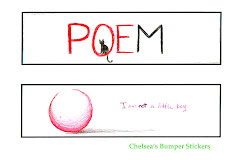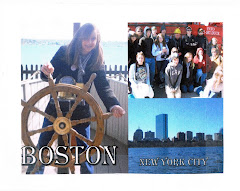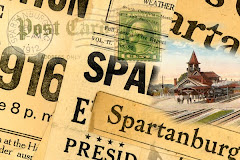 You are still in New York City, New York, on the literary map.
You are still in New York City, New York, on the literary map.Visit Countee Cullen at www.Poets.org and fill-in-the-blanks.
"Born in __________ in New York City, Countee Cullen was raised in a ______ parsonage. He attended De Witt Clinton High School in New York and began writing poetry at the age of _______. In 1922, Cullen entered New York University. His poems were published in The Crisis, under the leadership of W. E. B. Du Bois, and Opportunity, a magazine of the National Urban League. He was soon after published in Harper's, the Century Magazine, and Poetry. He won several awards for his poem, 'Ballad of the Brown Girl,' and graduated from New York University in 1923. That same year, Harper published his first volume of verse, __________, and he was admitted to Harvard University where he completed a master's degree. His second volume of poetry, Copper Sun (1927), met with _________ in the black community because Cullen did not give the subject of race the same attention he had given it in Color. He was raised and educated in a primarily white community, and he differed from other poets of the Harlem Renaissance like Langston Hughes in that he lacked the _____________________ writing. An imaginative lyric poet, he wrote in the tradition of _______________________ and was resistant to the new poetic techniques of the _________. He died in ____."
You can take a Walking Tour: Langston Hughes’s Harlem of 1926 at www.Poets.org
"The 1920s were an exciting time in Harlem. The end of ___________________ brought a large migration of African Americans to New York City seeking new _________ and _________opportunities. Musicians, writers, and artists converged on Harlem, living and working together, and developing a thriving artistic scene of literary magazines, cafes, jazz clubs. It was the beginning of the ________________________."
Read "Any Human to Another" and answer the questions.
The ills I sorrow at
Not me alone
Like an arrow,
Pierce to the marrow,
Through the fat
And past the bone.
Your grief and mine
Must intertwine
Like sea and river,
Be fused and mingle,
Diverse yet single,
Forever and forever.
Let no man be so proud
And confident,
To think he is allowed
A little tent
Pitched in a meadow
Of sun and shadow
All his little own.
Joy may be shy, unique,
Friendly to a few,
Sorrow never scorned to speak
To any who
Were false or true.
Your every grief
like a blade
Shining and unsheathed
Must strike me down.
Of bitter aloes wreathed,
My sorrow must be laid
On your head like a crown.
In what way are human griefs “diverse yet single”?
What simile is used to suggest both unity and diversity?
Why, according to the speaker, is joy more difficult to share than sorrow?
What, according to the poem, is the necessary relationship of “any human to another”?



















